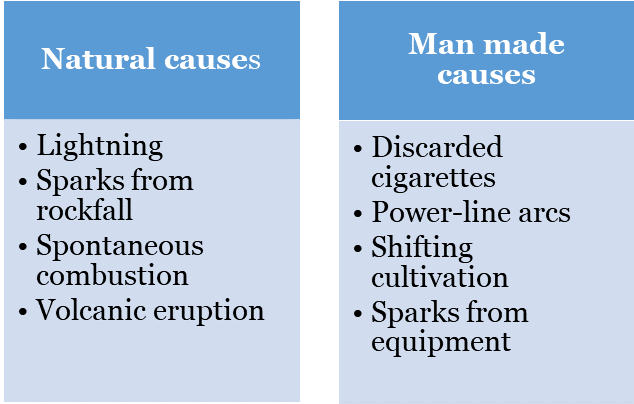7667766266
enquiry@shankarias.in
Recently there has been a deadly wildfire in Hawaii’s Maui Island due to strong winds from Hurricane Dora.

As per US Forest service data from 2000-2017, 85 % of wildfires in the US are caused by humans.
|
Copernicus program |
|
A fire line is a line through a forest which has been cleared of all vegetation, the width depends on the type of forest being protected.
|
Hawaii Island |
|
References